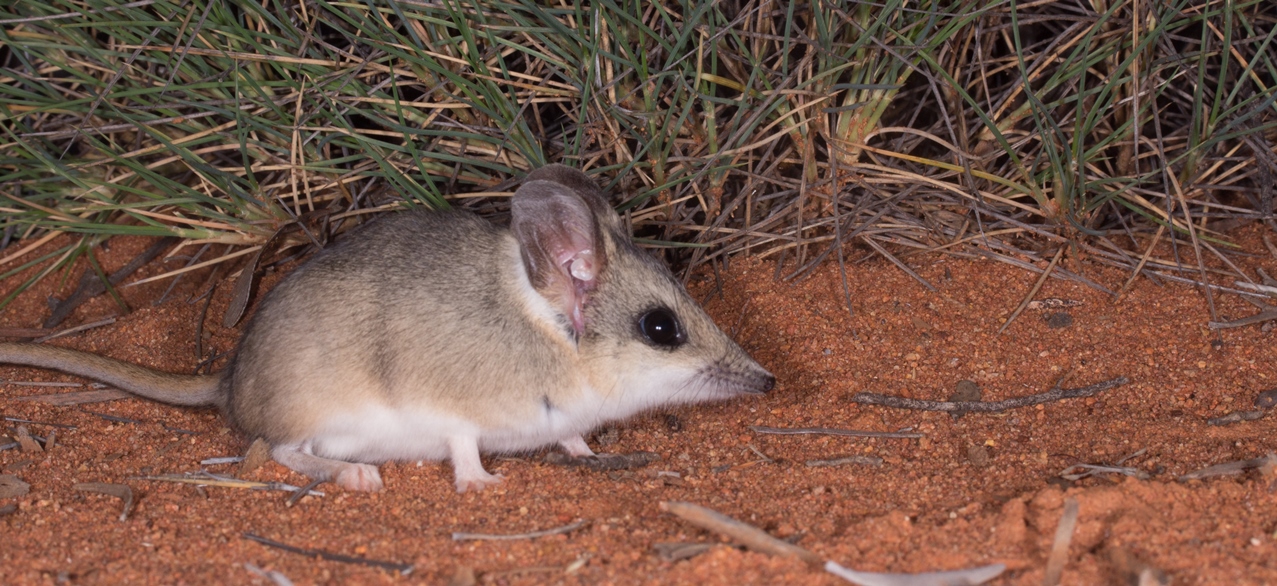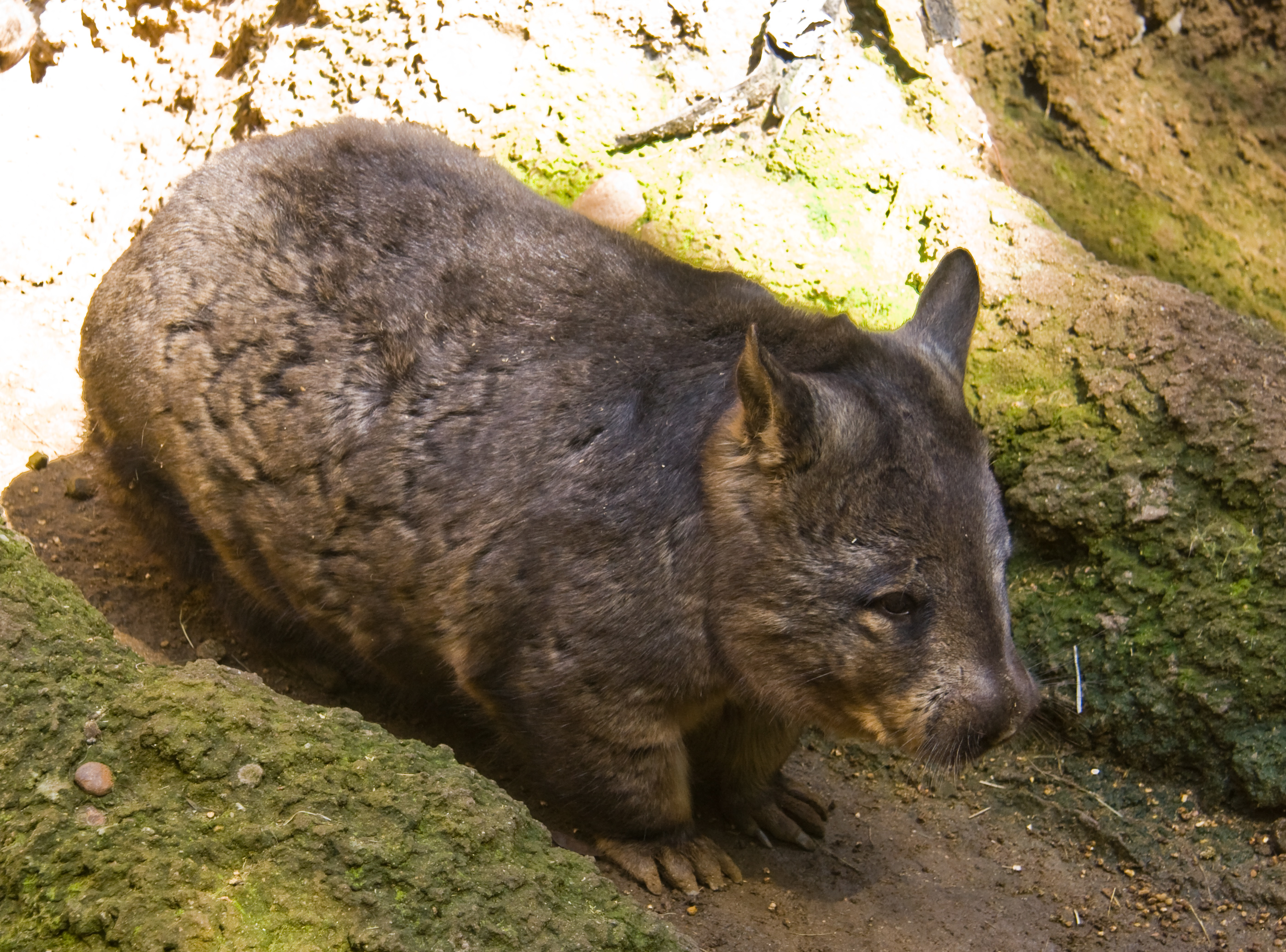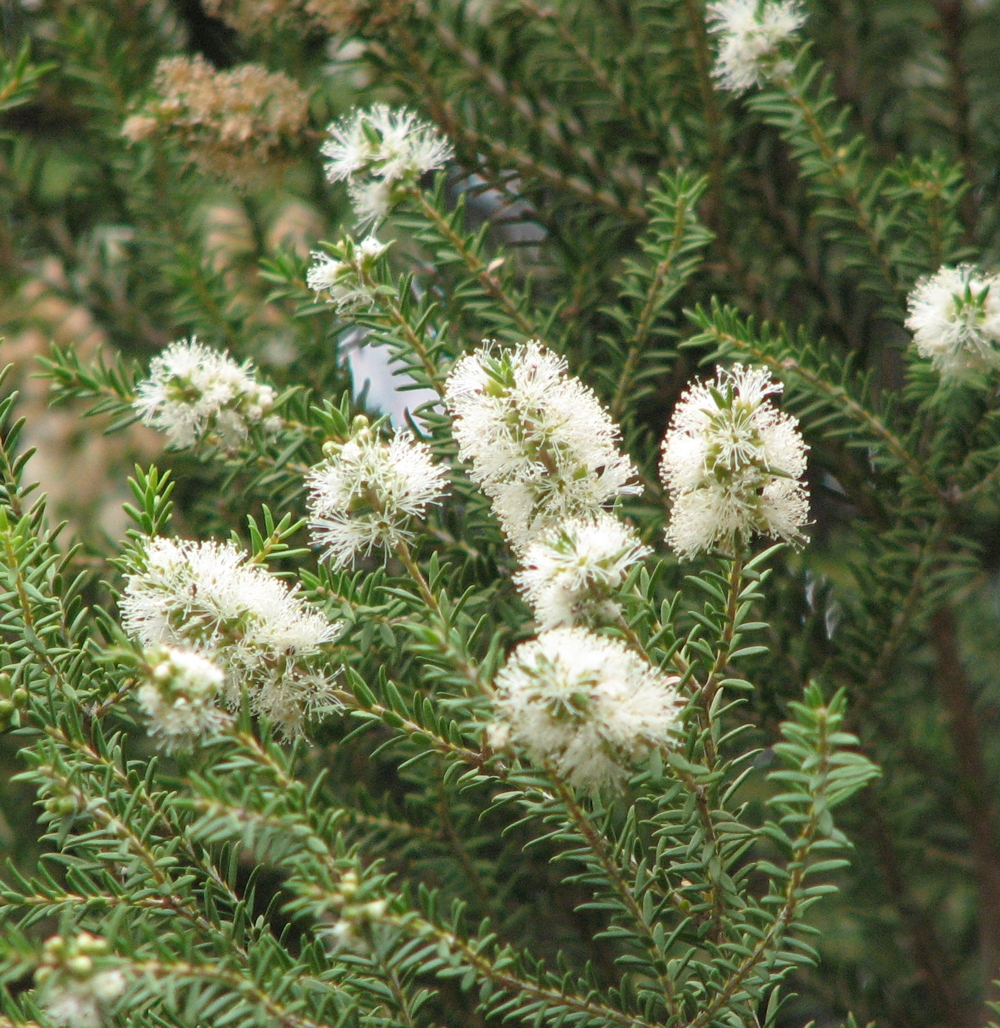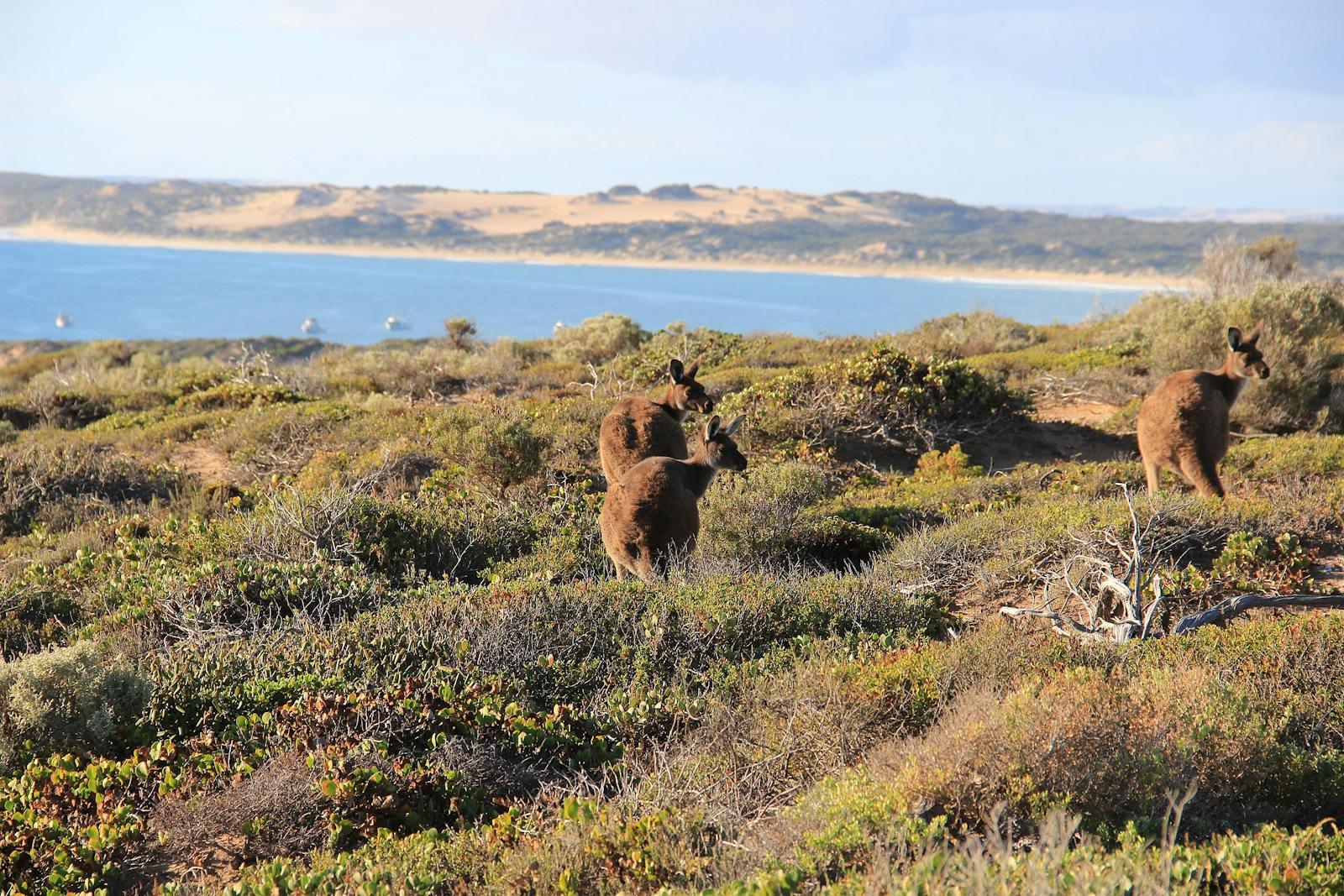Eyre and Yorke Mallee
The ecoregion’s land area is provided in units of 1,000 hectares. The conservation target is the Global Safety Net (GSN1) area for the given ecoregion. The protection level indicates the percentage of the GSN goal that is currently protected on a scale of 0-10. N/A means data is not available at this time.
Bioregion: South Australian Mediterranean Forests, Woodlands & Scrub (AU5)
Realm: Australasia
Ecoregion Size (1000 ha):
6,137
Ecoregion ID:
199
Conservation Target:
29%
Protection Level:
5
States: Australia
The mallee woodlands and shrublands of southern Australia are hotspots for plant biodiversity, an outstanding feature of the five Mediterranean-climate regions in the world. This ecoregion is a part of the Southwest Australia global floral hotspot. Eyre and Yorke mallee is located in a small Mediterranean-climate region that is isolated in coastal south Australia, disjunct from similar habitats in Southwest Australia. Roughly 50% of the flora has been identified as having conservation significance in the Eyre and Yorke mallee woodlands and shrublands.

The flagship species of the Eyre and Yorke Mallee ecoregion is the sandhill dunnart. Image credit: Creative Commons
Dryland tea tree (Melaleuca lanceolate) and mallee box (Eucalyptus porosa) woodlands with herbaceous and mallee shrubland understories are predominant communities. Other floral elements include the southern native pine (Callitris preissii), Acacia ligulata, Geijera linearifolia, and E. diversifolia, with Stipa eremophila and Danthonia caespitosa as the main grasses. Some eucalypt woodlands are dominated by sugar gum (E. cladocalyx), river red gum (E. camaldulensis), peppermint box (E. odorata), or the endemic Eyre Peninsula blue gum (E. petiolaris). Eyre Peninsula floristic communities have strong affinities to those of Western Australia, while Yorke Peninsula’s affinities lean more towards southeastern Australia. A similar pattern is seen in the bird fauna.
Eyre Peninsula is a local center of plant species endemism, with 29 endemic species mostly concentrated towards the southern end of the Peninsula. Several plant species have isolated populations from Western Australia. Skinks and agamid lizards are exceptionally diverse in this ecoregion. Endemic animals include the Eyre Peninsula southern emu-wren (Stipiturus malachurus parimeda), the Pearson Island black-footed rock-wallaby (Petrogale lateralis pearsoni), the sandhill dunnart (Sminthopsis psammophila), a small carnivorous marsupial, and the Eyre Peninsula dragon (Ctenophorus fionni).

Southern hairy-nosed wombat. Image credit: Jason Pratt, Creative Commons
Most areas suitable for agriculture, particularly in the Yorke Peninsula, have been cleared, leaving native vegetation only as small remnants or along roads. Mammals, such as tammar wallaby (Macropus eugenii) and the greater bilby (Macrotis lagotis) have been extirpated from Eyre Peninsula. Feral cats, introduced foxes, and feral dogs prey on native wildlife species. Introduced rabbits degrade native habitat. Wildfires degrade native communities which are not well-adapted to frequent burning. The northern Eyre Peninsula has more native vegetation than other areas. Coastal mallee and dune vegetation also has some relatively intact blocks as these are less favorable for agriculture. Coffin Bay and Innes National Park are two of the more important protected areas.

Melaleuca lanceolata. Image credit: Creative Commons
Five Threatened Habitat Areas have also been identified on Eyre Peninsula, including the Cleve Hills, Far West, Koppio Hills, Sheoak Grassy Woodlands and the South West. Key conservation actions are to: 1) ban further logging and protect existing native vegetation and restore corridors between remnant vegetation; 2) strengthen wildfire control programs; and 3) coordinate district-wide control programs for foxes and cats.
Citations
Paton DC, AM Prescott, RJP. Davies, LM.Heard. 1999. The distribution, status, and threats to temperate woodlands in South Australia. Pages 57 – 85 in RJ Hobbs, CJ Yates, editors. Temperate Eucalypt Woodlands in Australia: biology, conservation, and restoration. Surrey Beatty & Sons, Chipping Norton, Australia.
Specht R.L. 1972. The vegetation of South Australia. Government Printer, Adelaide, Australia.
Government of South Australia. 2002. Summary of the biodiversity plan for Eyre Peninsula Southern Australia. Department for Environment and Heritage, 2002 ISBN 0 7590 1033 1.



